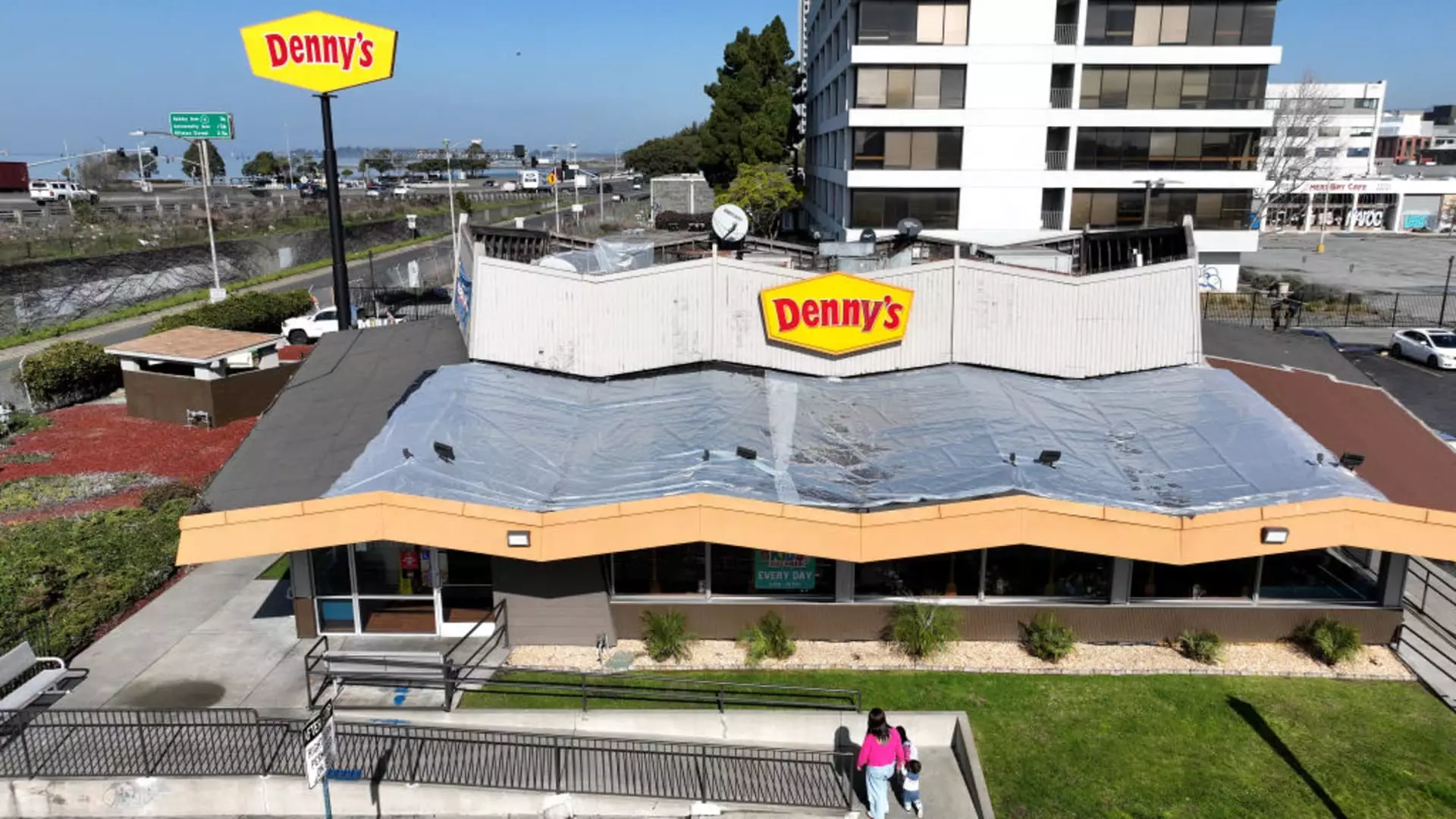The restaurant industry experienced a particularly tumultuous year in 2024, marked by widespread closures, declining sales, and an alarming rise in bankruptcies. This article aims to not only outline the specifics of these closures but also delve into the underlying reasons for this distressing trend, examining how consumer behavior and competitive dynamics are reshaping the dining landscape.
Consumer Hesitance Amid Economic Uncertainty
One of the most notable factors influencing the restaurant industry’s struggles in 2024 was the anxiety surrounding inflation. As consumers faced rising prices across various sectors, their discretionary spending, especially on dining out, dwindled. Industry data from Black Box Intelligence revealed that overall restaurant visits in the U.S. fell for the first ten months of the year. Eager to stretch their budgets, diners turned to cost-effective options, seeking out restaurants that offered discounts and value deals.
The cautious approach adopted by consumers wasn’t merely a temporary reaction; it reflected a deeper, more systemic shift in dining habits. Many patrons began prioritizing value, often opting for quick-service establishments or fast-casual dining options—especially as these services promised a blend of convenience and quality. This trend significantly eroded the customer base of traditional casual dining chains that once thrived in a different economic climate.
Bankruptcies and Closures: A Bleak Outlook
The economic pressures and shifting consumer preferences culminated in a staggering spike in bankruptcies within the restaurant sector. In 2024, 26 restaurant companies resorted to filing for Chapter 11 bankruptcy protection—a distressing figure that almost tripled the number recorded during the industry’s nadir in 2020.
Among the chains that announced significant closures was Wendy’s, which opted to shutter 140 underperforming locations by year-end. Wendy’s CEO, Kirk Tanner, indicated that these closures aimed to refresh the brand’s presence, particularly targeting outdated outlets that lacked profitability. Despite this contraction, the company anticipated that through new openings, it could stabilize its overall location count, a critical strategic move amidst the chaotic environment.
Chains Struggling to Revive Sales
The plight of casual dining brands showcased the depth of the challenges at hand. Applebee’s, under its parent company Dine Brands, also exhibited signs of distress, planning to close 25 to 35 U.S. outlets as it struggled with declining same-store sales for six consecutive quarters. This particular trend mirrors a broader narrative in which many casual dining establishments have found themselves unable to adapt effectively to evolving consumer expectations, essentially losing market share to fast-casual competitors such as Chipotle and Sweetgreen.
Denny’s, another prominent brand facing similar woes, shut down around 50 locations in 2024, with plans to close up to 100 by 2025. The company’s leadership expressed optimism that these closures, alongside a commitment to opening new locations, would eventually stimulate better performance metrics.
TGI Fridays and Red Lobster epitomized the broader struggles of the sector. TGI Fridays filed for bankruptcy in November 2024, following the closure of 86 locations. Red Lobster confronted its own challenges, permanently closing over 120 restaurants before seeking bankruptcy protection in May 2024. The seafood chain’s financial upheaval was exacerbated by the demands of maintaining older leases that proved too burdensome compared to contemporary operational realities.
Meanwhile, fast-casual brands like Noodles & Co. also felt the heat, closing 20 outlets after a comprehensive assessment of their portfolio. Their ongoing menu overhaul reflects a commitment to adapting to customer preferences in what has become a fiercely competitive market.
Despite the challenges faced during 2024, there exists hope for recovery as chains begin to recognize the need for strategic reevaluation. The closures of underperforming locations can be seen not just as a sign of failure, but as a potent mechanism for revitalization and focus on core strengths.
Through continuous innovation, adaptability, and a focus on quality and customer experience, the restaurant industry could emerge from its current trials more robust than before. Industry leaders must prioritize understanding shifting consumer preferences while also cultivating an environment conducive to experimentation and growth.
While 2024 has been a difficult year, it may serve as a pivotal moment for transformation in the restaurant sector, as brands confront their challenges and strive for a future that aligns with the evolving landscape of dining.

